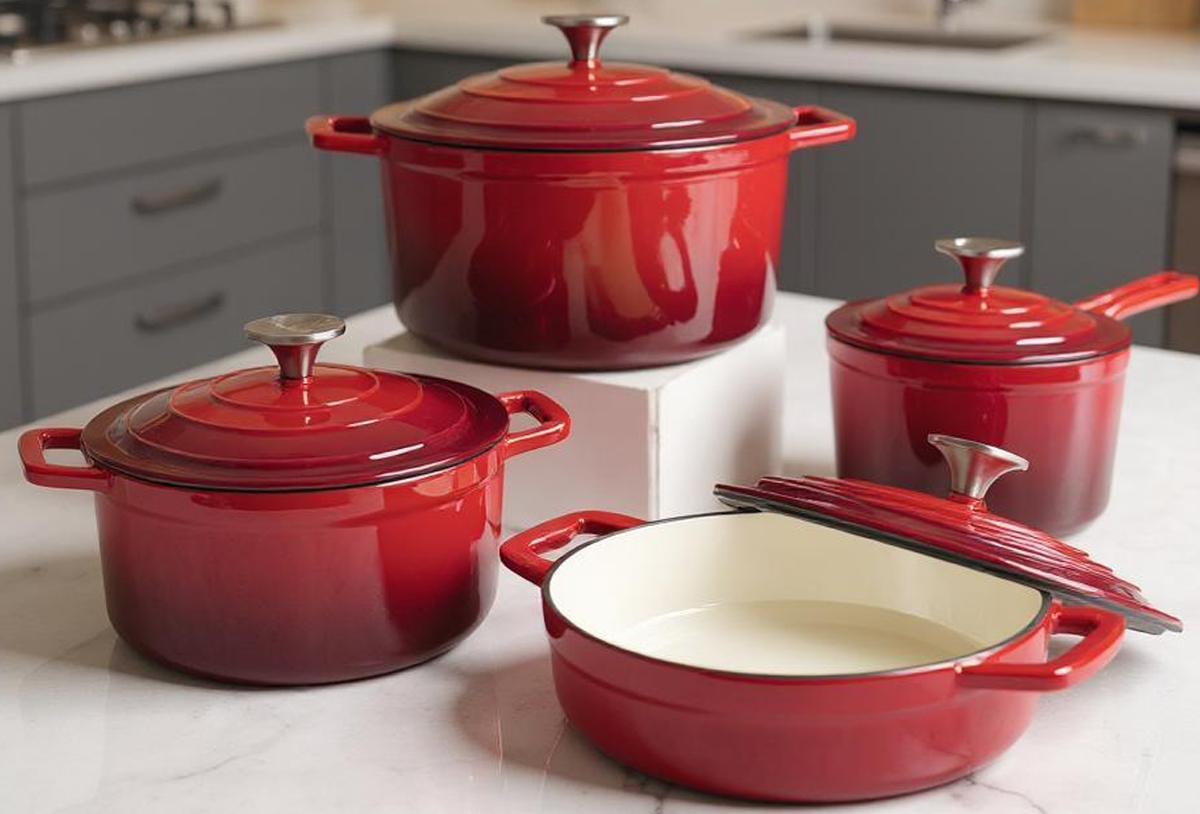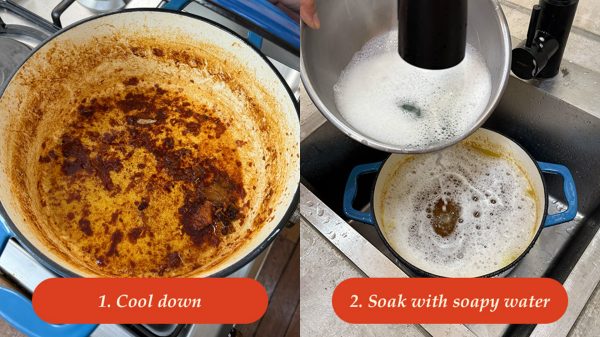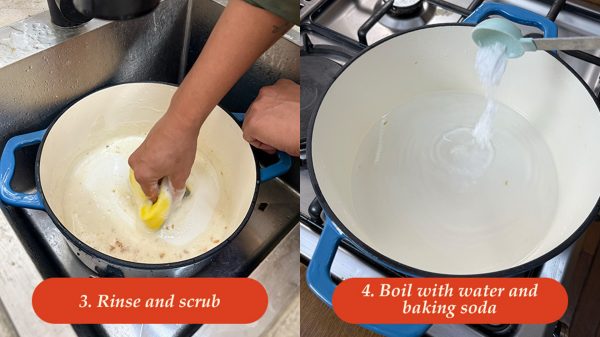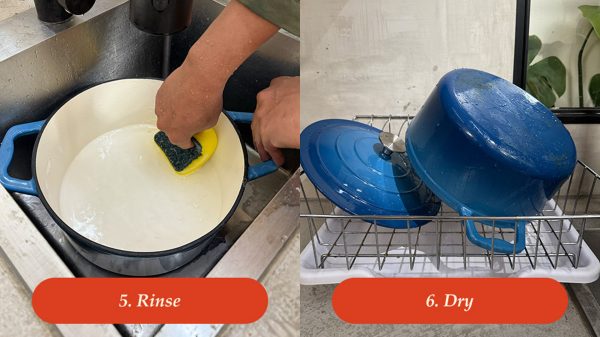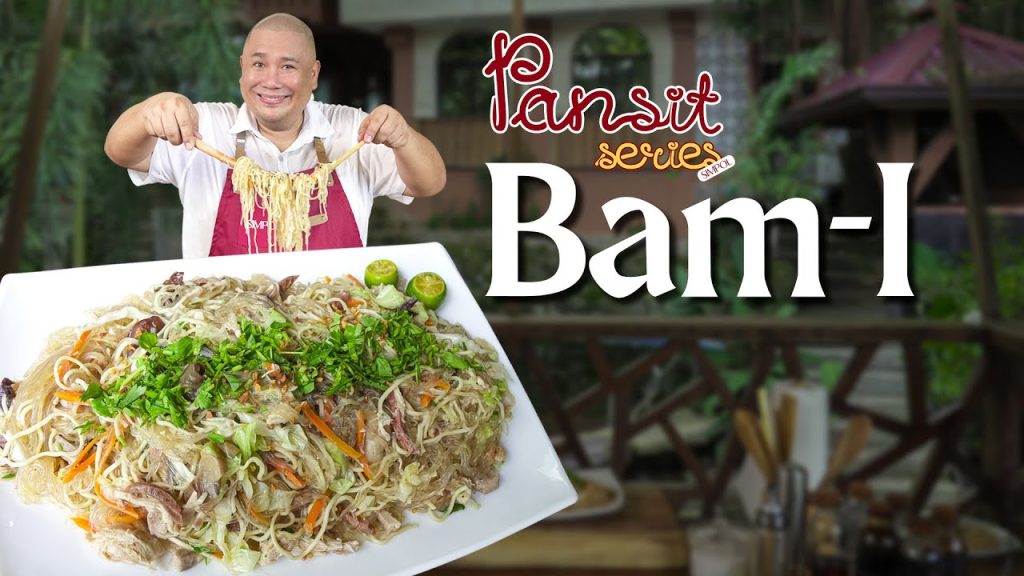There are few kitchen tools that age gracefully—better, even—with time. A trusted knife, a seasoned chopping board, and the cast iron Dutch oven. More than just a pot, it’s a vessel of memory, function, and quiet confidence.
I still remember my first Dutch oven. I found it in a secondhand shop, tucked in a dusty corner—heavy, chipped, and stained from years of use. It wasn’t much to look at, but it had presence. I took it home, scrubbed it clean, and cooked humba in it that weekend. The pork turned out tender, the sauce rich and caramelized. That pot has been with me ever since.
The Cast Iron Dutch Oven Advantage
So what makes the cast iron Dutch oven worth every peso?
First—heat retention. A Dutch oven doesn’t just heat up—it holds heat. Whether you’re simmering beef kaldereta or slow-braising binagoongan, you get even, steady heat that transforms tough cuts into melting bites.
Second—versatility. The Dutch oven is a true multitasker. From stovetop to oven to dining table, it’s a one-pot wonder. You can simmer arroz caldo, roast a chicken, or bake cassava bibingka—then bring it straight to the table, still hot, still beautiful. No need for extra serving dishes. The pot is the serveware. It holds heat well, looks elegant, and keeps your food warm through the entire meal.
Third—longevity. A well-cared-for Dutch oven can last a lifetime—and often does. It’s the kind of pot that gets handed down, its surface seasoned by years of stews, soups, and Sunday dinners. Unlike non-stick cookware that peels and warps, cast iron improves with time.
“A cast iron Dutch oven doesn’t just cook food—it carries stories.”
French Dreams, Filipino Solutions
We’ve all seen the photos. A vibrant Dutch oven—cherry red or Caribbean blue—sitting pretty on a marble countertop. It’s usually a Le Creuset, sometimes a Staub. Always glossy, always perfect. It’s the kind of pot that makes you believe your beef stew might just change your life.
And to be fair, these French enamelware pieces are as good as they look. They’re built to last, perform beautifully, and have earned their spot in kitchens around the world. But let’s be real—buying one often feels like buying into a dream. A beautiful one, yes, but not always a practical one. Especially when the price tag rivals your month’s palengke budget.
That’s why I was pleasantly surprised when I came across the Masflex Artisan Series – Chef’s Edition. No, it won’t come in twenty curated colors, and it may not get the same Instagram likes. But it has everything that matters: solid cast iron construction, a smooth enamel finish, excellent heat retention, and versatility to match its fancier cousins.
It does what a cast iron Dutch oven is meant to do—hold heat, cook evenly, and go from stovetop to oven to table without a fuss. I’ve used it for pares, inasal, slow-braised pork belly, and even cassava bibingka. It held up. It delivered. And best of all? These recipes are all available in the Simpol recipe section—tried, tested, and made for real Filipino kitchens.
“In the end, it’s not about the label on your cookware—it’s about what you make in it, and who you make it for.”
How to Care for Your Cast Iron Dutch Oven
Your Dutch oven is made to last for generations, but like anything of value, it deserves a little thoughtful care. Follow this simple routine after each use and you’ll keep it in excellent shape for years to come.
Let it cool, then soak in soapy water
After cooking, allow the pot to cool down completely. Never pour cold water into a hot Dutch oven—this sudden temperature change can cause the enamel to crack. Once it’s safe to handle, fill it with warm water and a small amount of dish soap. Let it soak for at least 15 to 20 minutes. This softens any stuck-on bits and makes the next steps easier.
Rinse and scrub gently
Use a soft sponge or non-abrasive brush to clean the interior. Avoid anything rough like steel wool, which can damage the enamel coating. For tough spots or light discoloration, make a paste of baking soda and a few drops of water. Gently scrub in circles until the stain lifts. If needed, simmer a little water with baking soda inside the pot for 10 to 15 minutes to release stubborn food residue. Let it cool again before rinsing.
Dry completely and store with care
After rinsing thoroughly, dry the pot immediately with a clean kitchen towel. Don’t leave it to air dry. To remove lingering moisture, set it over low heat for a minute or two. When storing, keep the lid slightly ajar to allow air to circulate. This prevents moisture buildup and keeps the enamel in top condition. If stacking it with other cookware, place a soft cloth or paper towel between each item to avoid chips and scratches.
“Think of it as a pot with memory. Every dish you make adds to its story—so treat it with care, and it will return the favor.”
The Soul of the Stove
More than just a cooking tool, a Dutch oven is a kind of kitchen altar. It sits at the center of the stove during family holidays, rainy days, or those quiet Sundays when all you want is a bowl of something warm and familiar.
For me, it’s more than cast iron and enamel—it’s presence, patience, and purpose. Every time I lift the lid, it feels like home.
“Think of it like skin—it needs to breathe, stay dry, and be treated with care.”
So if you’re going to invest in one serious piece of cookware, make it this. Whether you discover an old gem in a thrift shop or bring home a brand-new Dutch oven from Masflex, what you gain is more than utility.
You gain comfort. Continuity. A pot that, over time, begins to feel like part of the family.
Simpol Recipes for Your Dutch Oven
From slow-cooked stews to baked bibingka, these dishes were made for cast iron:🔗 Find them now in our Dutch Oven Recipe Collection


